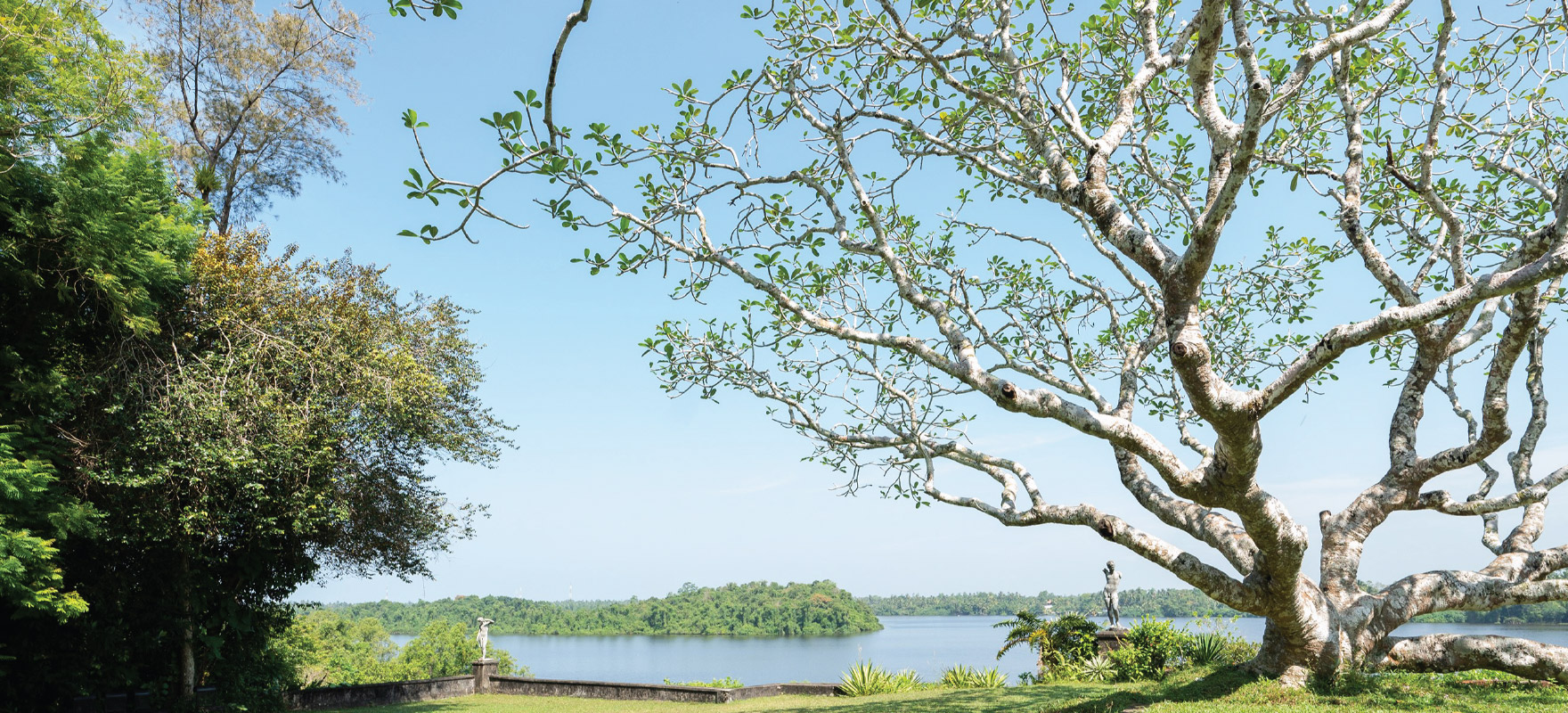


CHECK RATES AND AVAILABILITY
Your island escape, just a few clicks away.
Check in | Check out
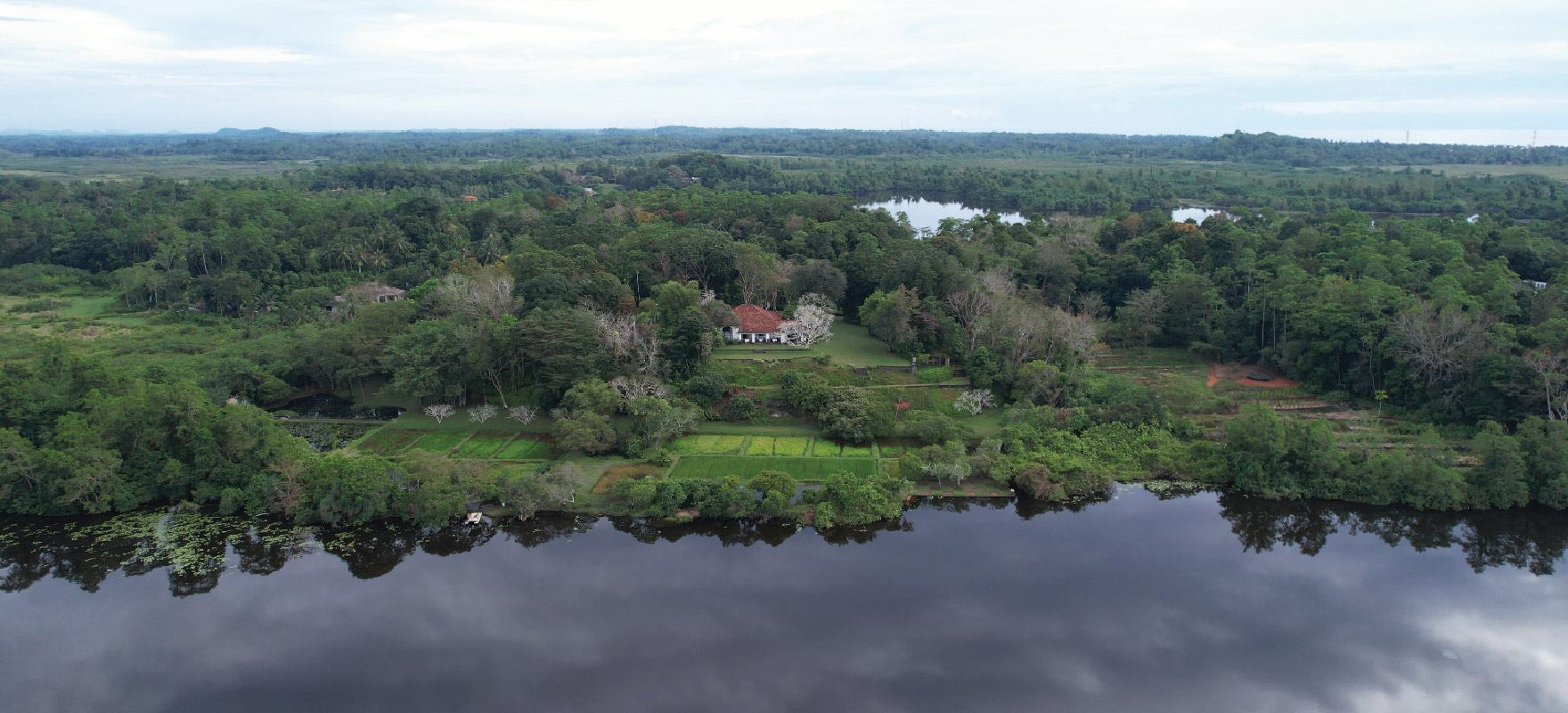
The gardens of my home city New Delhi are particularly close to my heart, especially the several gardens of the Humayun’s Tomb complex. I find beauty in all natural landscapes, although the forests and valleys of the western Himalayas in Uttarakhand are among my favourites.
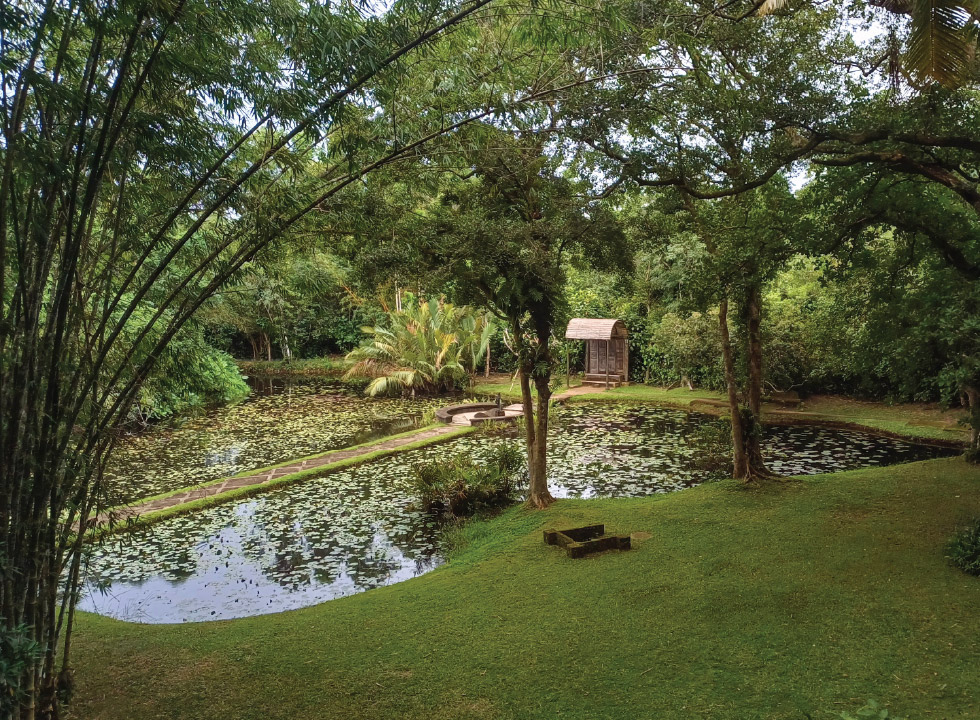

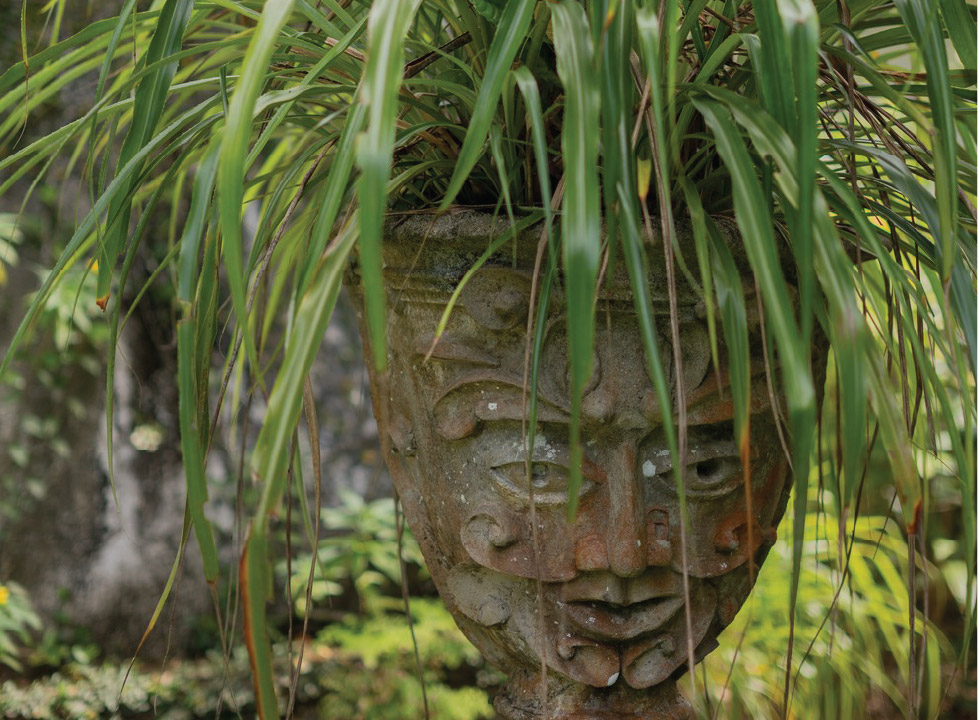
I love the Hidden Pavilion on the north-west corner of the main hill in the garden. Concealed behind a dense planting, it is easy to miss but is always breezy, peaceful, and contemplative, and I love spending a quiet afternoon there after a day’s work.
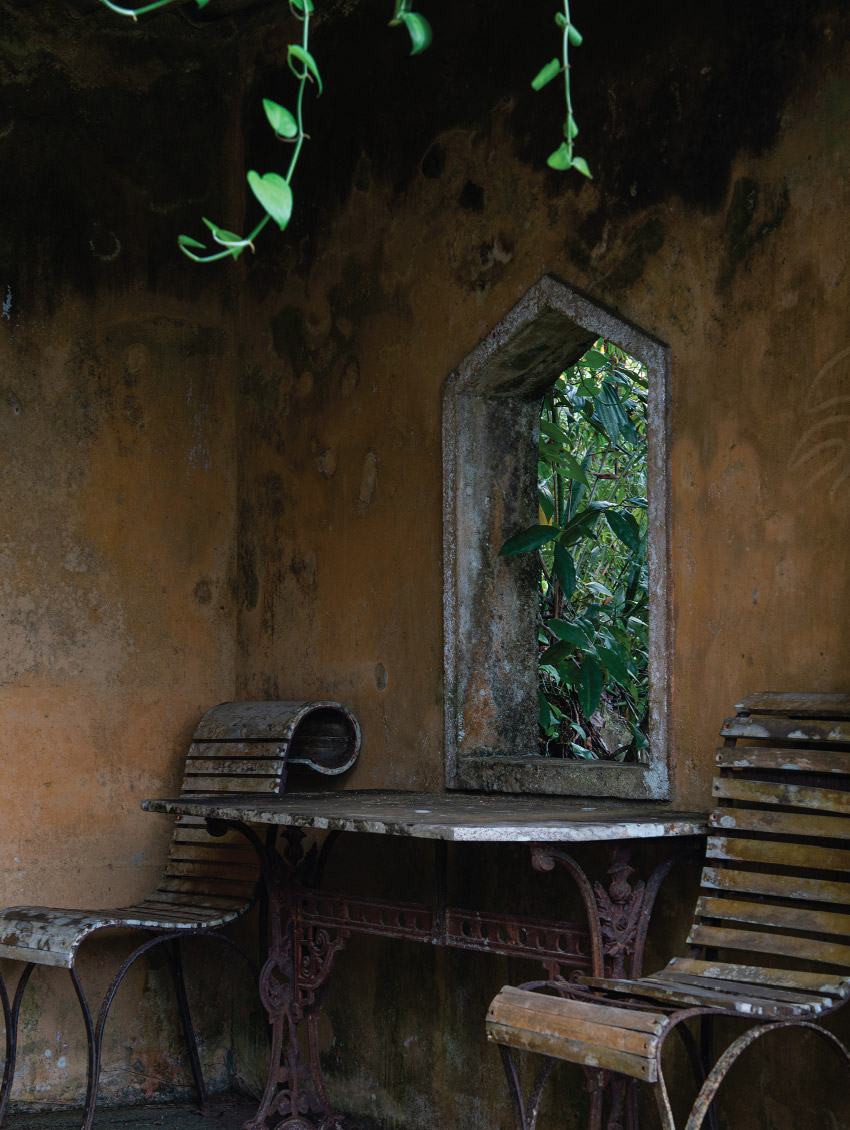
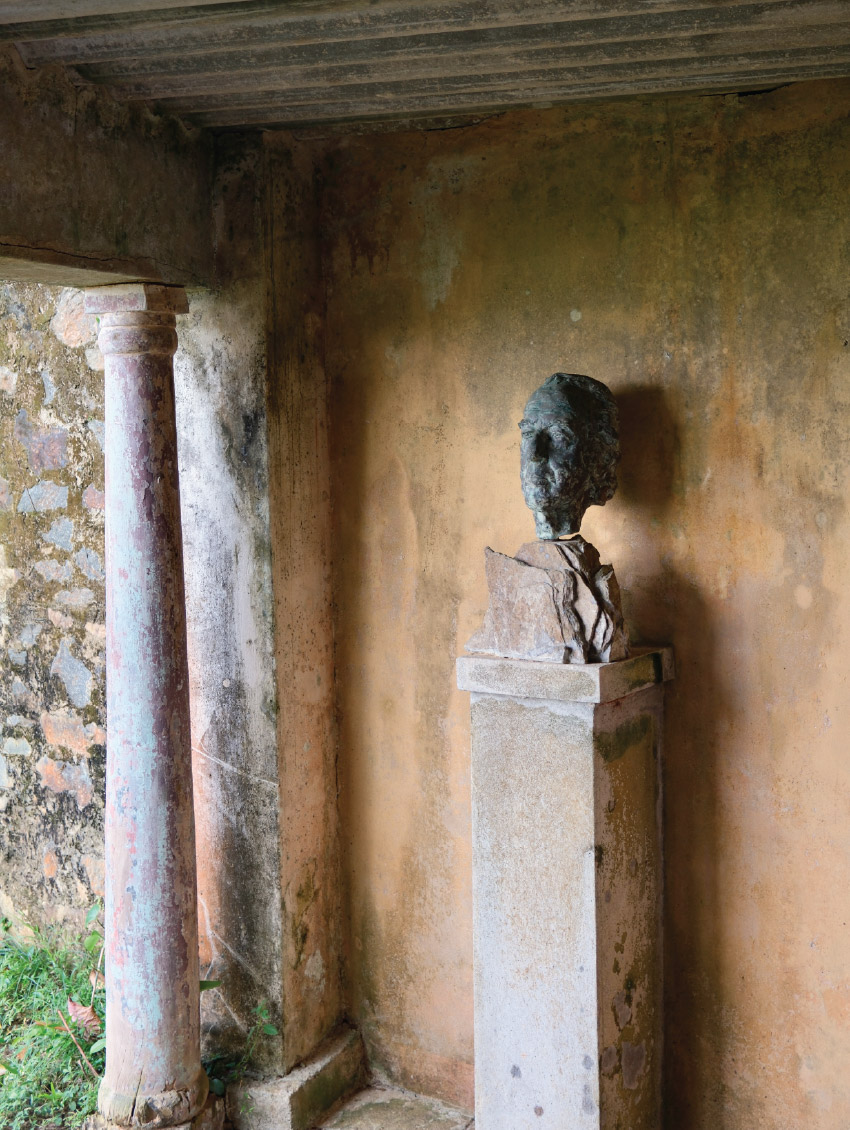
There are several unusual plants in the garden, both indigenous and introduced. The garden contains over thirty species of endangered Sri Lankan flora, among these the famous agarwood tree, a native species of coffee, and a beautiful shrub-forming primrose. Among introduced species, there are a few species of rare palms such as the thief palm, which is still rare in cultivation in Sri Lanka.
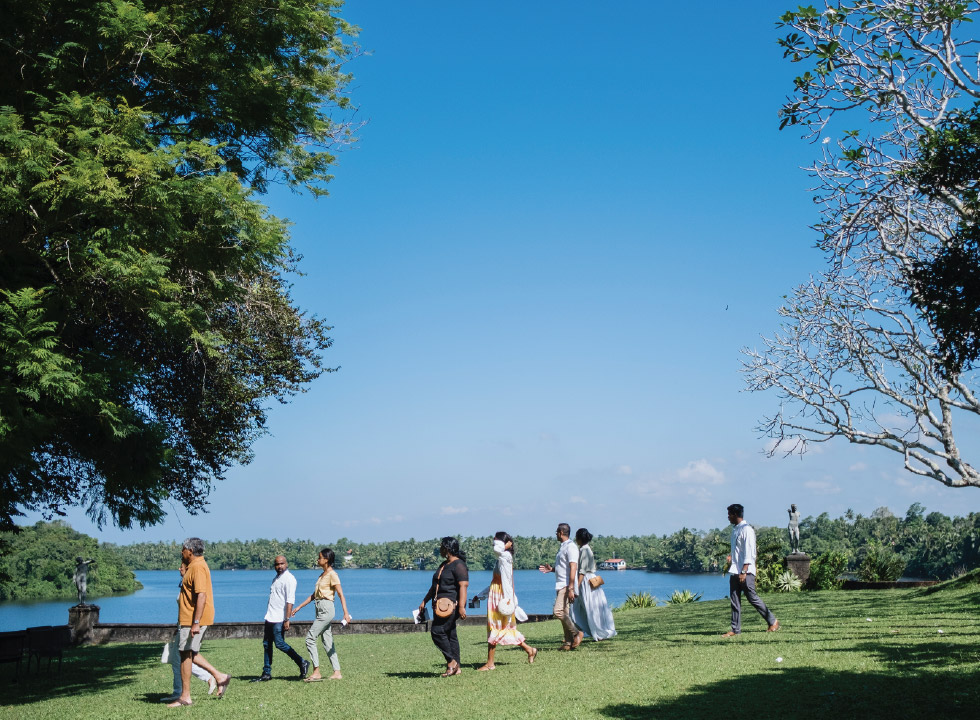


Maintaining a heritage garden like Lunuganga comes with unique challenges. Weather can be unpredictable, plantings need constant attention and regular pruning, and in a mature garden like Lunuganga, our team needs to pay particular attention to old plantings, which may need replacement. Irregular weather patterns caused by climate change affect the seasonal flooding of the lake, which impacts low-lying areas of the garden like the water garden. The team works to meet these challenges while ensuring the garden remains open to visitors every day of the year!


Bawa described Lunuganga as “a place of many moods, the result of many imaginings.” Every area in the garden invokes a different aesthetic experience, and this is something I encourage every visitor to feel as they walk through Lunuganga.
Gardens are a form of living natural heritage, which contain histories, stories, ecologies and practices beyond their tangible aesthetic value. Especially heritage spaces like Lunuganga link us to the past while simultaneously suggesting approaches to future opportunities and challenges. By conserving these spaces for the future, I hope that we can pass on their legacy as spaces for inspiration and introspection.
